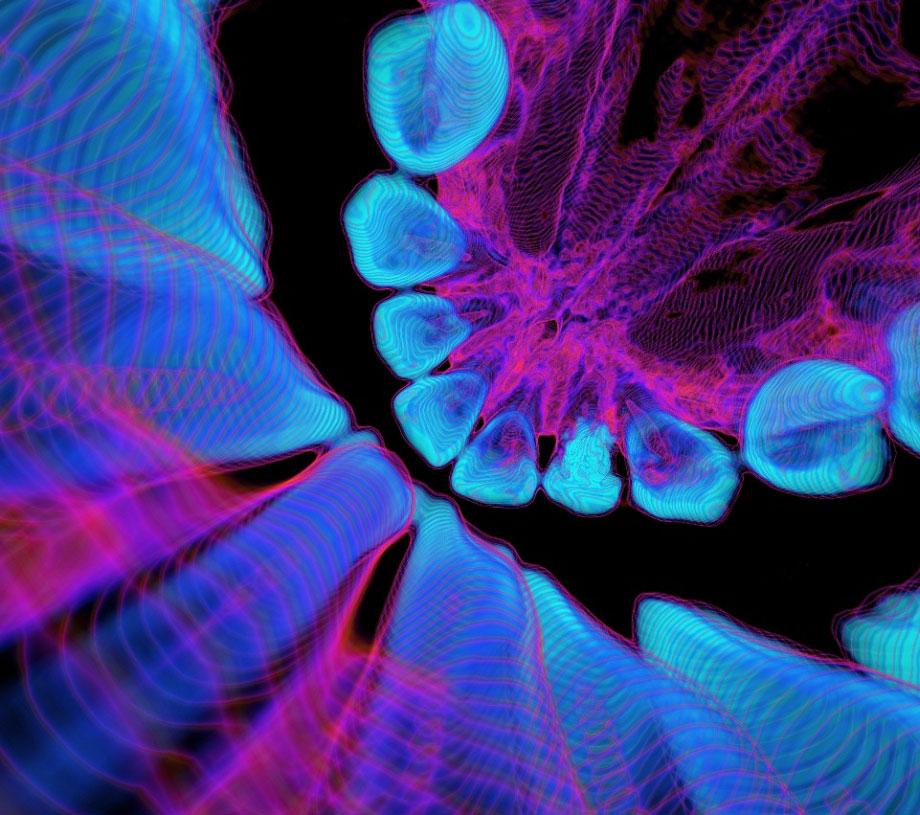In the course of developing sophisticated imaging techniques for peering into the human body, Hong Kong–based radiologist Dr. Kai-hung Fung discovered something within himself: an artist.
The discovery happened when Fung was asked by surgeons to generate 3-D images to allow them to visualize complex anatomies prior to surgery. Beginning with CT scans that show slices of organs at different depths, Fung stacked the slices into a single image and developed a way to indicate changes in depth with contour lines similar to those on a topographic map.
Adding “millions of colors and the infinite combination of different shades of colors can be more informative than the simple steps of grey scale,” Fung wrote in an email about how he came up with the idea.

Kai-hung Fung
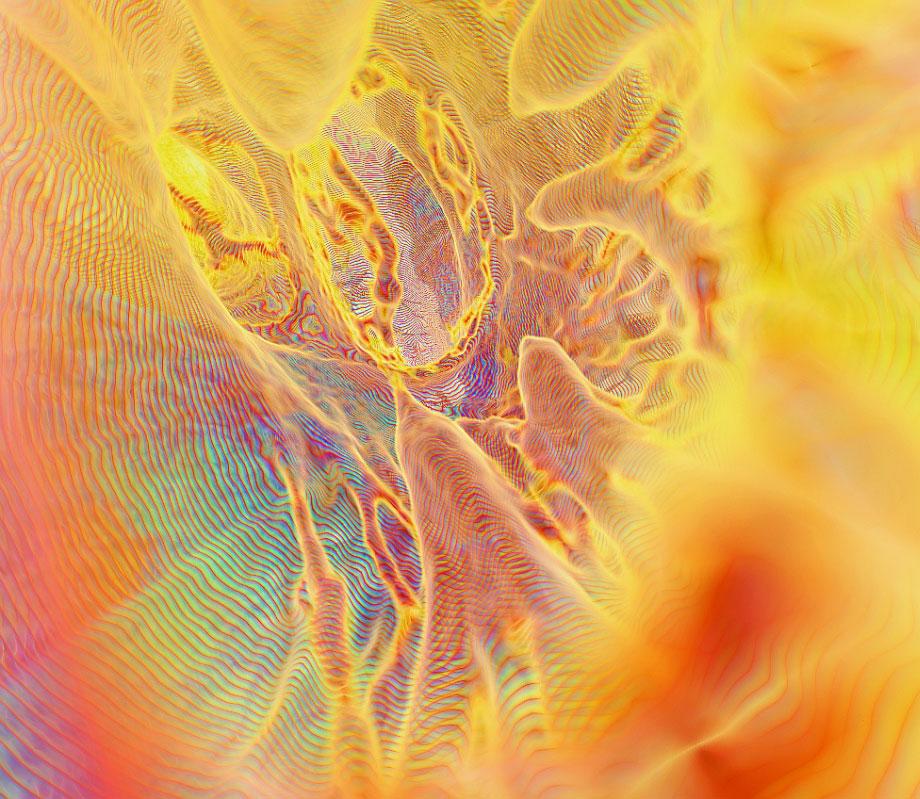
Kai-hung Fung
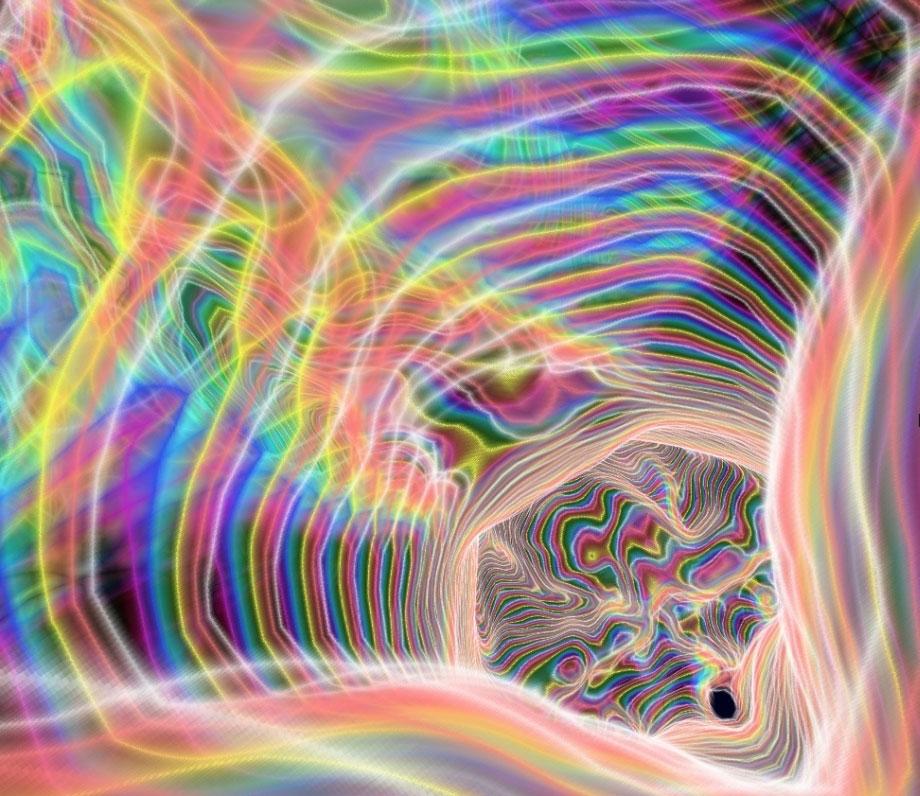
Kai-hung Fung
The color added more than mere data. A few years ago a CT scan of a woman’s nose, which resembled an iridescent orchid from a distant planet, sparked an insight. Medical images could be art as well as science. “[She had] a very straight nasal septum and wavy maxillary sinuses … the anatomy was exceptionally beautiful,” Fung wrote. “What Lies Behind Our Nose” went on to tie for first place in the 2007 International Science & Engineering Visualization Challenge sponsored by Science and the U.S. National Science Foundation. Dr. Fung’s art career took off. His visually stunning diagnostic images have been published, exhibited and awarded more prizes, including “Most Psychedelic Images in Science” (2011) from Discover magazine.
But Dr. Fung’s amplifications of CT and MRI scans are more than just groovy wall posters. His “4-D visualizations” (short 3-D videos) aid surgeons by “showing changing perspectives and relative relationships of various anatomical structures … [matching] the surgical or endoscopic field of view.” He compares his anatomical views from inside the body to scenes from the science fiction film “Fantastic Voyage,” but with real data.
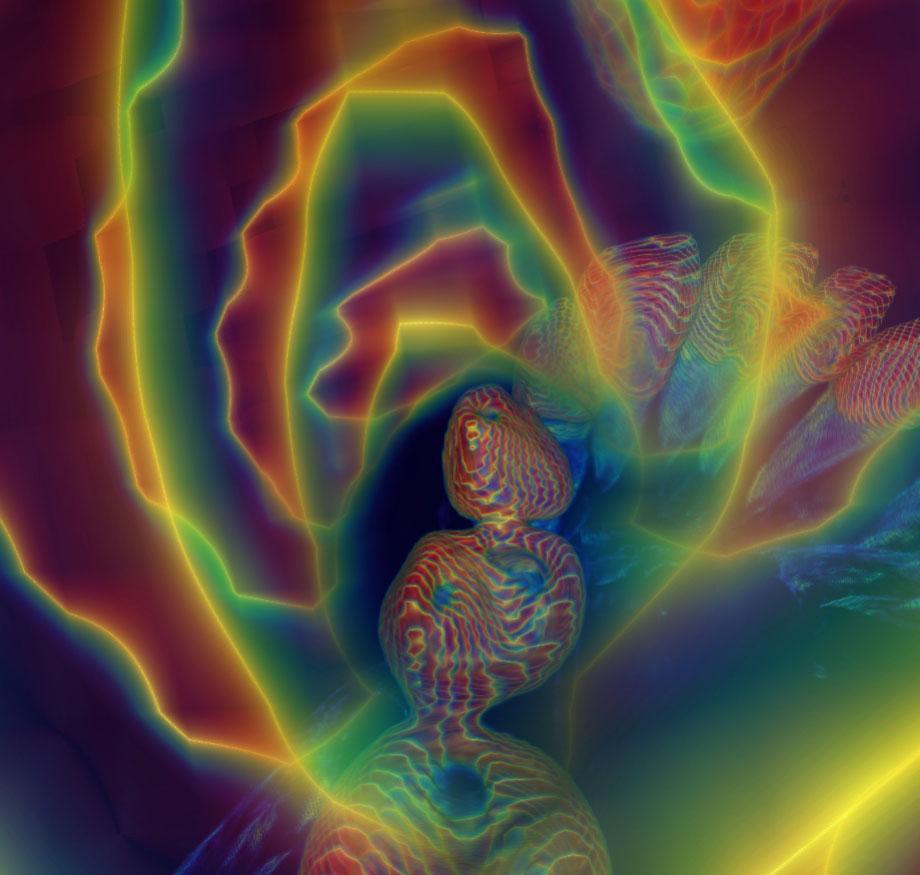
Kai-hung Fung

Kai-hung Fung
Like a photographer who prefers manual settings to “point and shoot,” Fung says that instead of using commercial 3-D medical imaging software, “I started to generate my own mapping algorithms and created various color spectra for representing the data … The Rainbow Technique and the 3D/4D color Moiré art that I pioneered were discovered by accident and through … careful observations when I was experimenting. … They were in fact image artifacts created by the software.”
Riffing on these accidents and creatively tweaking the settings, Dr. Fung has pushed radiology into the realm of fine art. Occasionally his creative impulses overtake anatomical illustration. For example, in the view of the head called “Stress,” “[T]he stress lines are some image faults accidentally created while manipulating on the image.” Although the lines had nothing to do with anatomy, he liked the look and thought it expressed the feeling of stress. Dr. Fung’s aesthetic approach to radiology doesn’t stop with medical imagery. Currently he is working with data supplied by artist and nature photographer Dr. Gary Yeoh to produce 3-D CT images of flowers and biological specimens.
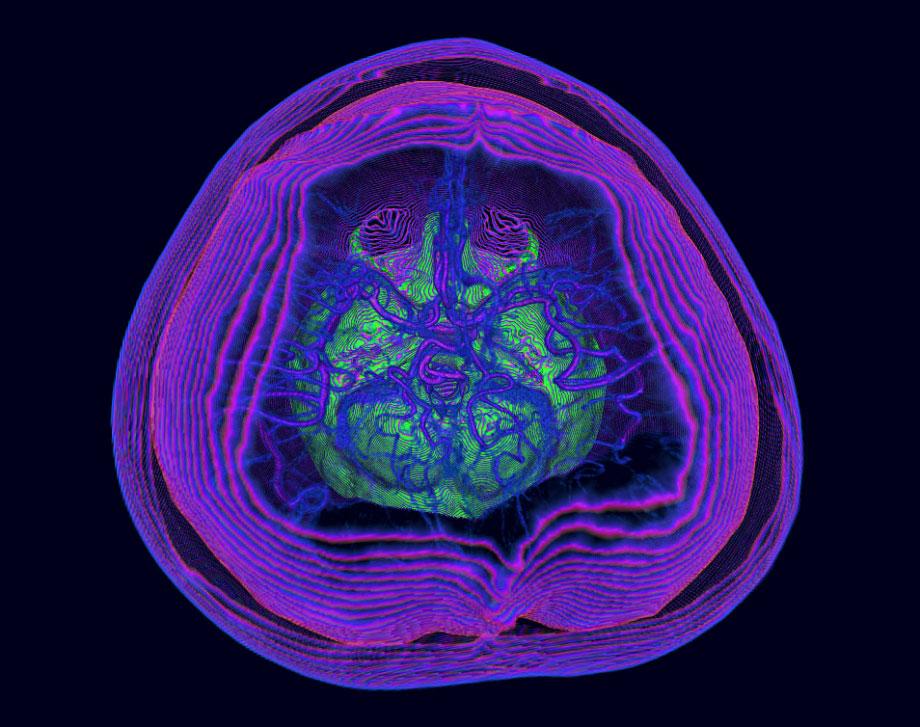
Kai-hung Fung

Kai-hung Fung
